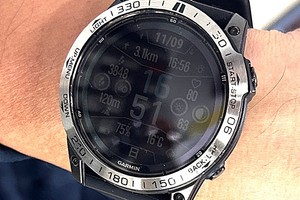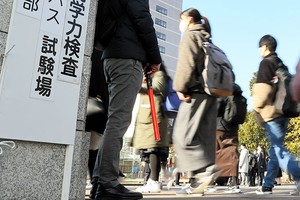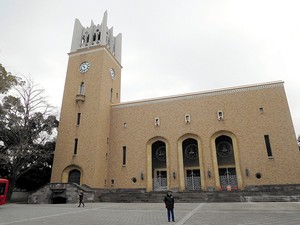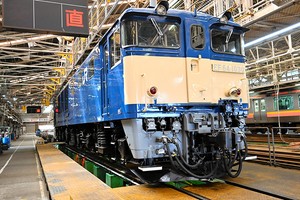THE ASAHI SHIMBUN
June 16, 2021 at 18:00 JST
HIROSHIMA--The ruins of the facilities of the Imperial Japanese Army's logistics corps that were destroyed in the atomic bombing were discovered on the west side of Hiroshima Castle here, Hiroshima city announced on June 15.
More than 400 people are thought to have been killed at the site, located within one kilometer of ground zero, on Aug. 6, 1945.
The ruins are believed to be one of the largest remnants from the atomic bombing of Hiroshima found to date.
The facilities were used by the Chugoku military district's logistics corps.
The logistics corps was in charge of transporting and supplying military goods, including ammunition, food and clothing.
According to a city official of the cultural promotion section, the foundations of buildings, stone pavements, waterways and other infrastructure were excavated.
There were many military facilities, such as the Chugoku regional military headquarters, in areas surrounding Hiroshima Castle during World War II.
There are believed to have been about 30 facilities used by the logistics corps, including stables for military horses, water tanks for the horses, vehicle parking lots, barracks and ammunition depots, according to the city and other sources.
After the war ended, housing for war victims was built on the grounds. Later, the city’s central park square was located on the site.
The city is planning to build a new soccer stadium there with the opening planned in 2024. Workers have been excavating an approximately 14,000-square-meter area for cultural research since October 2020, with the effort to end in March 2022.
The city government plans to take photos of the ruins for historical records and remove them after that.
“The construction schedule will not be affected,” said an official of the city's stadium construction department.
(This article was written by Hiraku Higa and Shohei Okada.)




















A peek through the music industry’s curtain at the producers who harnessed social media to help their idols go global.
A series based on diplomatic documents declassified by Japan’s Foreign Ministry
Here is a collection of first-hand accounts by “hibakusha” atomic bomb survivors.
Cooking experts, chefs and others involved in the field of food introduce their special recipes intertwined with their paths in life.
A series about Japanese-Americans and their memories of World War II